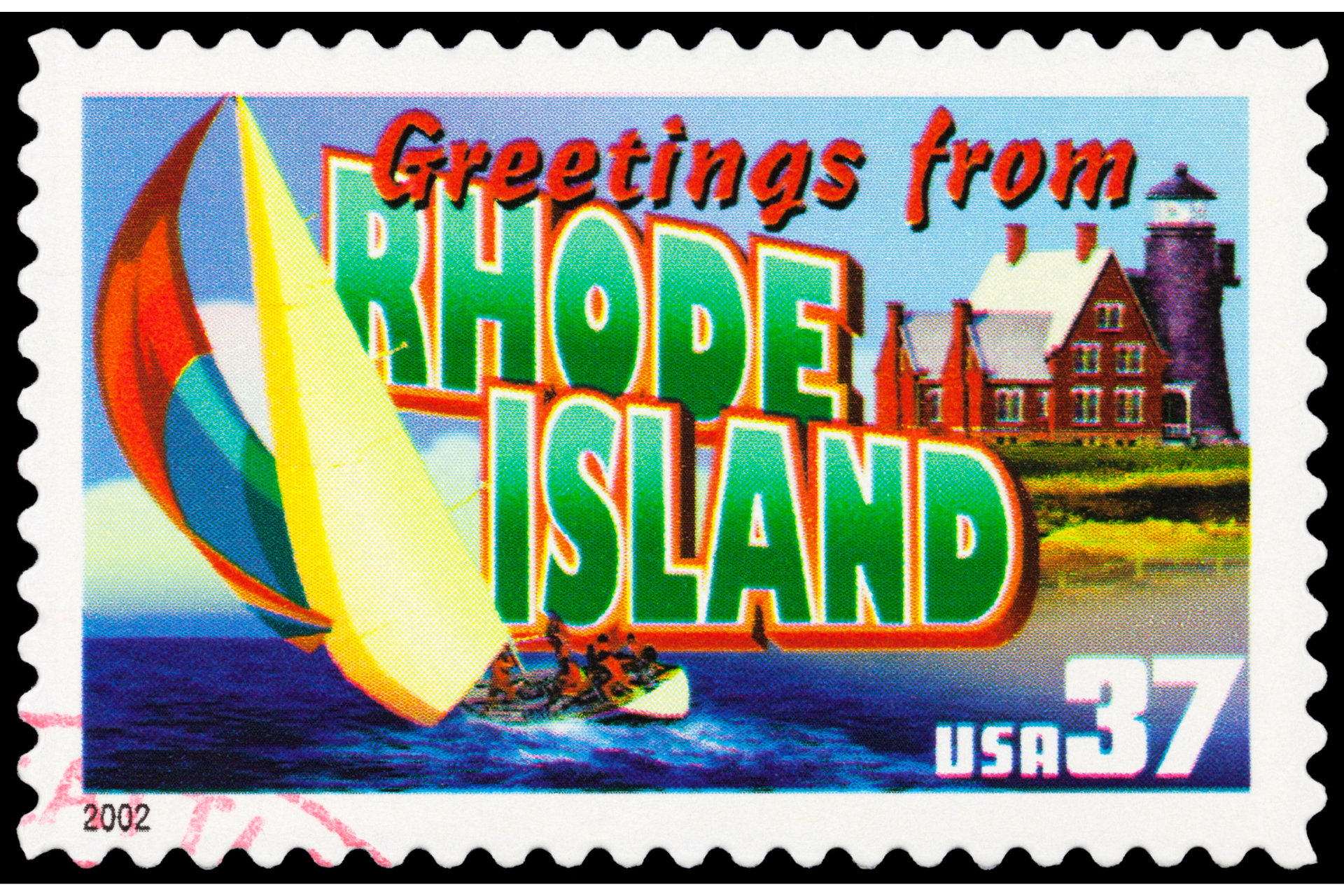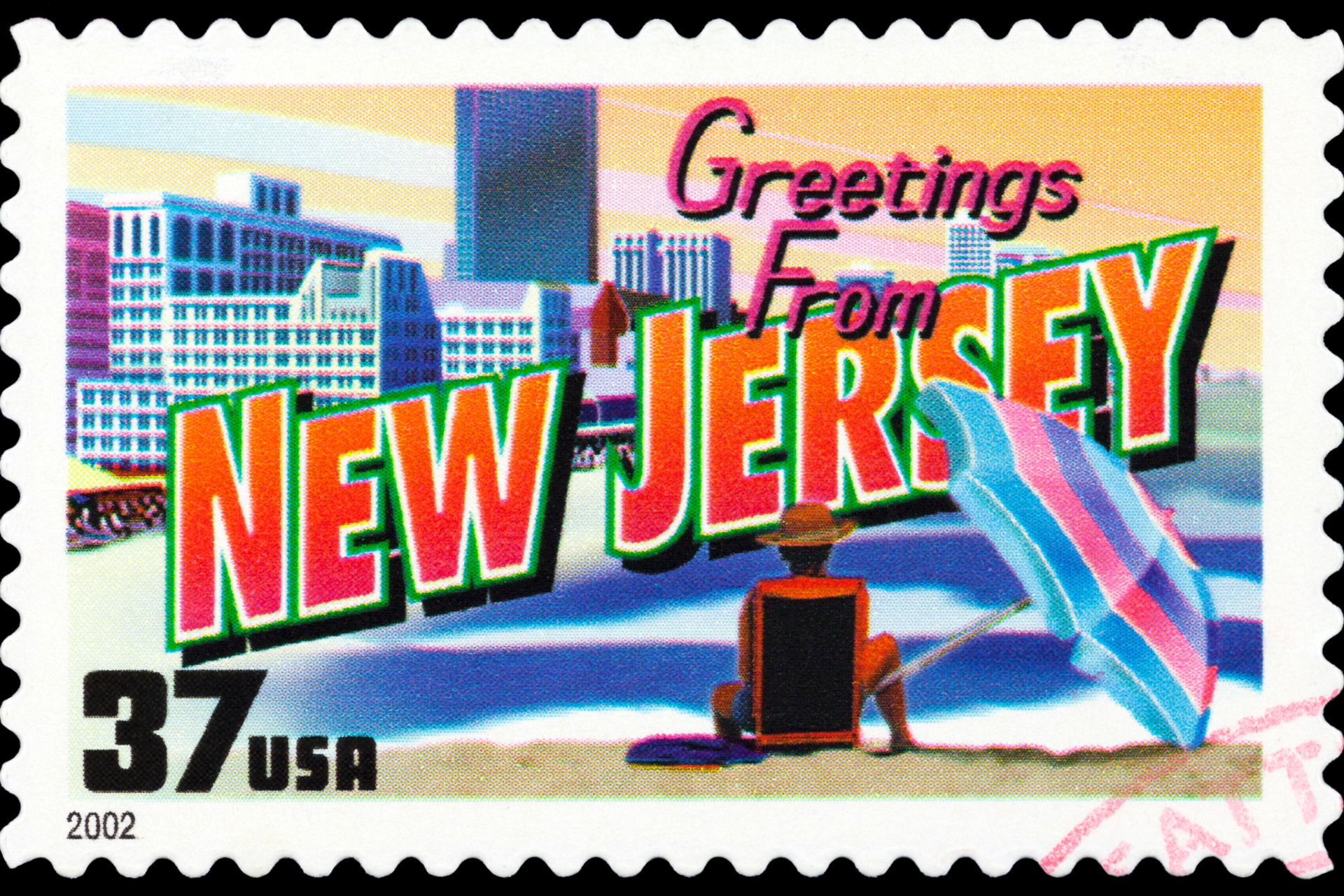U.S. classrooms studying colonialism often focus on the colonial heritage of the 13 British colonies that became the United States. Sometimes the colonialism of the Age of Discovery is mentioned in a discussion of New Spain or the Louisiana Purchase. But all these discussions can give students the impression that colonialism in the U.S. and Europe is something that is part of the long-ago past.
In fact, colonialism had an upsurge in the 19th century, as European nations participated in the “scramble for Africa” and the proposed division of China, and the United States flirted with imperialism.
This 1898 political cartoon is captioned “John Bull (to the Powers). — What are you mad about? We can’t grudge him a light lunch while we are feasting!” It shows European powers dividing up China while Uncle Sam, representing the United States, snacks on Cuba with a bottle of champagne labeled “Porto Rico.”
By 1914, as the map below shows, much of the world was under colonial rule.
Nearly all of those colonies were no longer colonies by the end of the 20th century, when Hong Kong reverted from British rule to become part of China again and Namibia gained independence from South Africa.
However the U.N. still lists 17 countries or territories as “non-self-governing” territories. The United States, the United Kingdom, France, and New Zealand are the “administrating powers” listed.
While there continues to be controversy over the use of the word “colony” for these places, students should not have the impression that colonization is entirely extinct.
Neocolonialism
Puerto Rico is not one of the non-self-governing territories on the official U.N. list, but it continues to be a useful lens for examining colonialism. Some would say that modern-day colonialism is not the same as colonizing during the 15th and 19th centuries, but that it is still pernicious and still a problem. Modern extensions of colonialism are often called “neocolonialism,” which is defined as more subtle economic and political activity by historic colonial rulers towards their former colonies to reinforce their traditional dominant role over them.
Some — for example, the New Yorker — describe the relationship between the United States and Puerto Rico as neocolonialism.
The U.S. encouraged a shift in Puerto Rico from family farms to large-scale agriculture and then to manufacturing, in both cases with the profits from the enterprises largely going to mainland companies. Beginning in the 1940s, special tax breaks allowed U.S. companies to wash their profits through Puerto Rico, sheltering their gains from taxes without enriching the Island. Newer tax breaks encourage entrepreneurs from the states to swap minimal economic involvement in Puerto Rico for extremely low tax rates; again, this does not bring wealth to the Island.
Where Spain plundered the New World, taking minerals and tropical crops back to Spain to enrich the colonizers, the U.S. has used Puerto Rico to shelter profits from taxes, enriching U.S. corporations and individuals. This is the difference between classic colonialism and neocolonialism.
Puerto Rico has repeatedly rejected their current relationship with the United States and has officially requested statehood. In defiance of the U.S.’s stated devotion to government by consent of the governed, Congress has continued to ignore Puerto Rican interest in statehood.
However, not all observers agree that Puerto Rico is an example of neocolonialism. Daniela Martínez, a student at Loyola, points to the same facts as evidence of colonialism, plain and simple:
Americans need to get over this savior complex they have when it comes to Puerto Rico because in reality there is no saving involved. There is just plain colonialism and an imprisoned island that significantly benefits the American economy. Every year Americans get to celebrate their independence whilst taking advantage of Puerto Rico through the Jones Act, tax law 22, Act 60, gentrification, lack of representation in congress, and limited rights even though we are technically citizens.
Lingering Impacts of U.S. Authority over other Nations
Not only is Puerto Rico now often considered a U.S. colony, but the lasting impact of U.S. rule over other nations throughout history can still be felt today. For example, tribal nations that lived in the U.S. when settlers arrived from Europe hold out no hope of ever being able to return to their original land and intergenerational trauma continues to be identified in tribal communities as a factor in poor mental health outcomes.
In addition, although the Federated States of Micronesia, the Republic of the Marshall Islands (RMI) and Palau were never formal colonies of the U.S., these small Pacific Island nations were placed under a UN trusteeship following World War II, from 1956-1958, at which time the U.S. was given authority over them. During this time, the U.S. conducted 67 nuclear bomb tests in the Marshall Islands, with the cumulative force of 1.6 Hiroshima-sized bombs being dropped each and every day for the duration of the 12-year supervisory period. The U.S. has refused to apologize or provide requested resources to manage the extensive nuclear waste that remains in the RMI.
Discussion for the classroom
Challenge students to find current examples of colonialism and neocolonialism in news coverage and/or social media memes — including U.S. exercise of colonial powers.
Once the class has collected a good list of examples, use these examples to construct a clear definition of colonialism and neocolonialism in modern times. Discuss whether Puerto Rico could be considered an example of colonialism or neocolonialism — or something else. Discuss the lingering impacts of colonialism on groups that have been subject to U.S. rule.




